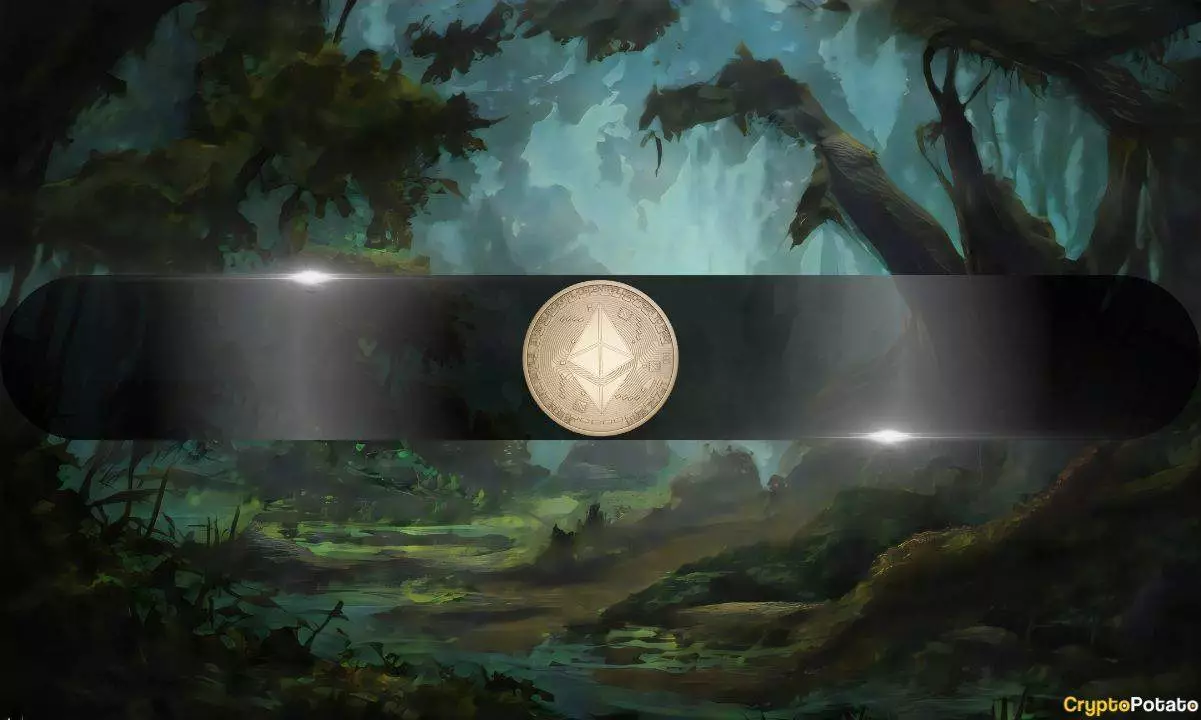Ethereum (ETH) has rapidly devolved from a beacon of innovation within the cryptocurrency world to what some are calling a “financial zombie.” The rhetoric surrounding ETH’s viability as an investment has grown increasingly critical, with prominent voices like Quinn Thompson labeling it “completely dead.” At the crux of this disillusionment is a stark decline in transaction activity. Historically, Ethereum was the canvas for decentralized applications, yet today it finds itself plagued by lackluster growth and diminishing user engagement. When you see such a significant downturn in activity, it’s hard to ignore the red flags waving in the marketplace.
Layer-2 Networks or Parasites?
One of the critical arguments for Ethereum’s decline revolves around the burgeoning ecosystem of layer-2 networks. While these networks were initially designed to scale and optimize transactions, they now appear to be siphoning off value from the Ethereum mainchain itself. Nic Carter articulated this concern well, stating that a social consensus has emerged that tolerates excessive token creation, diminishing ETH’s value proposition. This would be less concerning if layer-2 solutions were simply improving the overall ecosystem, but they seem more interested in profiting at the expense of ETH. When developers prioritize token creation and circulating fiat with little return on the original ethos of Ethereum, it underscores a worrying exploitative trend.
Apathy in the Community
The general malaise surrounding Ethereum’s investment appeal isn’t limited to just market activity or utility; the community seems unwilling to confront this existential crisis. As articulated by a pseudonymous analyst, a divide persists within the cryptocurrency community—particularly between Bitcoin maximalists who scoff at ETH and die-hard Ethereum advocates who refuse to adapt. The result is a splintered community that lacks strong leadership or vision. If we cannot come together as a united front to salvage the value of ETH, the prospects for recovery dwindles further.
Unquestionably, the crypto community’s indifference to the consequences of excessive tokens reflects a worrying reluctance to engage in critical self-examination. This apathy could result in a long-term decline for Ethereum, rendering it irrelevant in a rapidly evolving financial landscape.
At the time this discontent is being voiced, ETH sits around a steep value of $1,830—almost 50% lower than just a year ago. This steep decline isn’t merely statistical; it’s a sobering reminder of the inherent risks involved in cryptocurrency investment. Ethereum’s journey illustrates that technological potential can be easily eclipsed by management missteps and community discord. Whether Ethereum is merely in a slump or has truly entered a death spiral remains to be seen, but one thing is clear: the time for reckoning is upon us.















